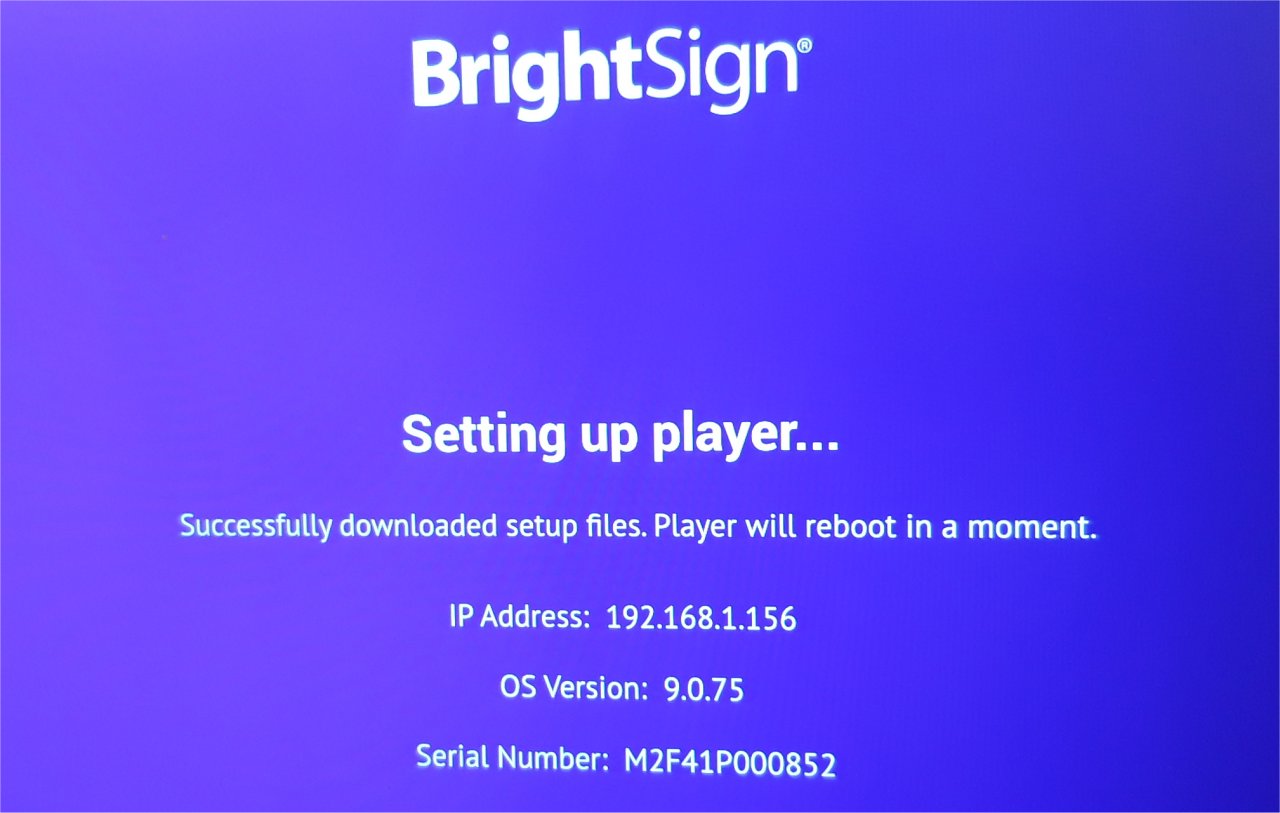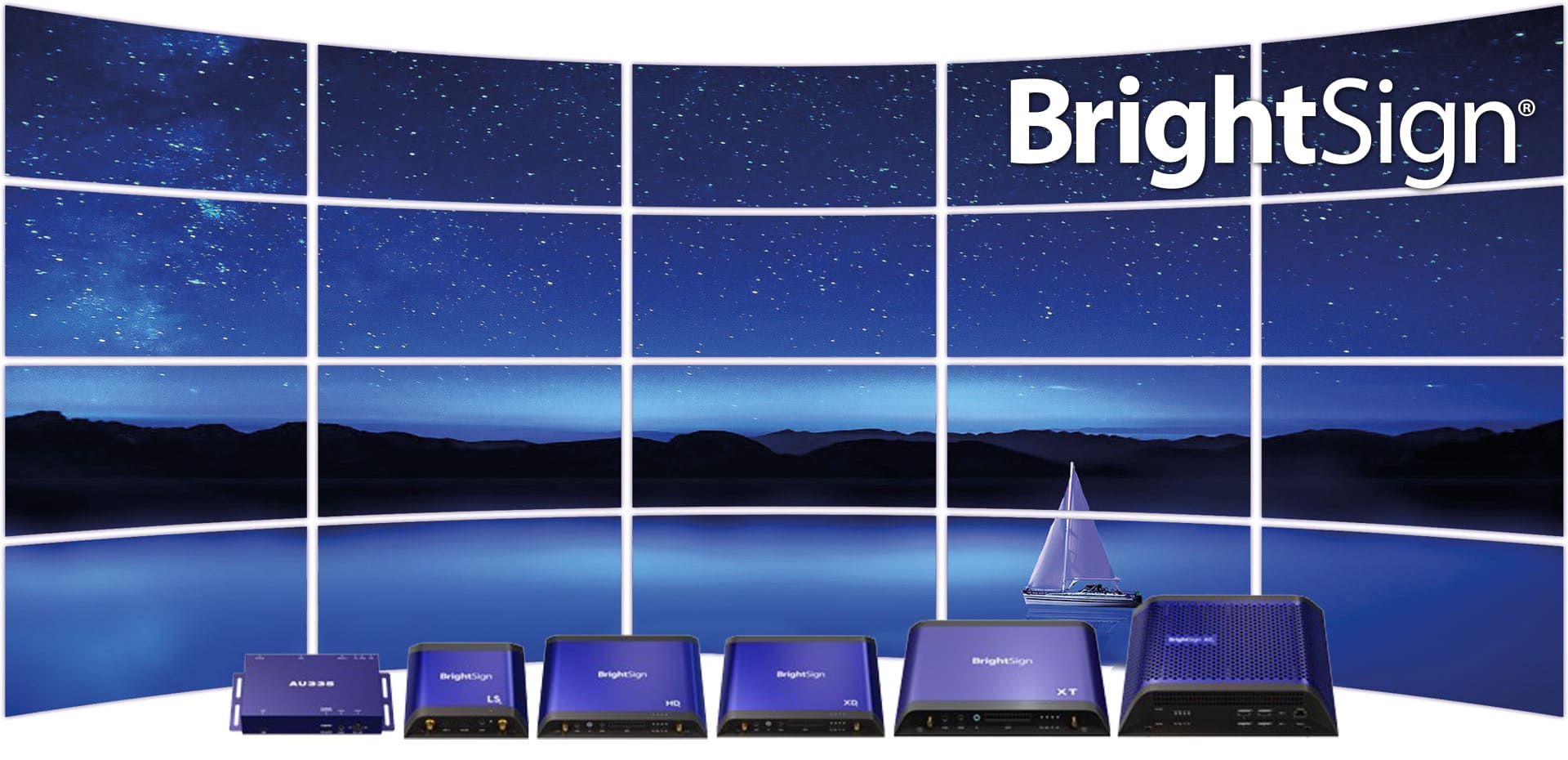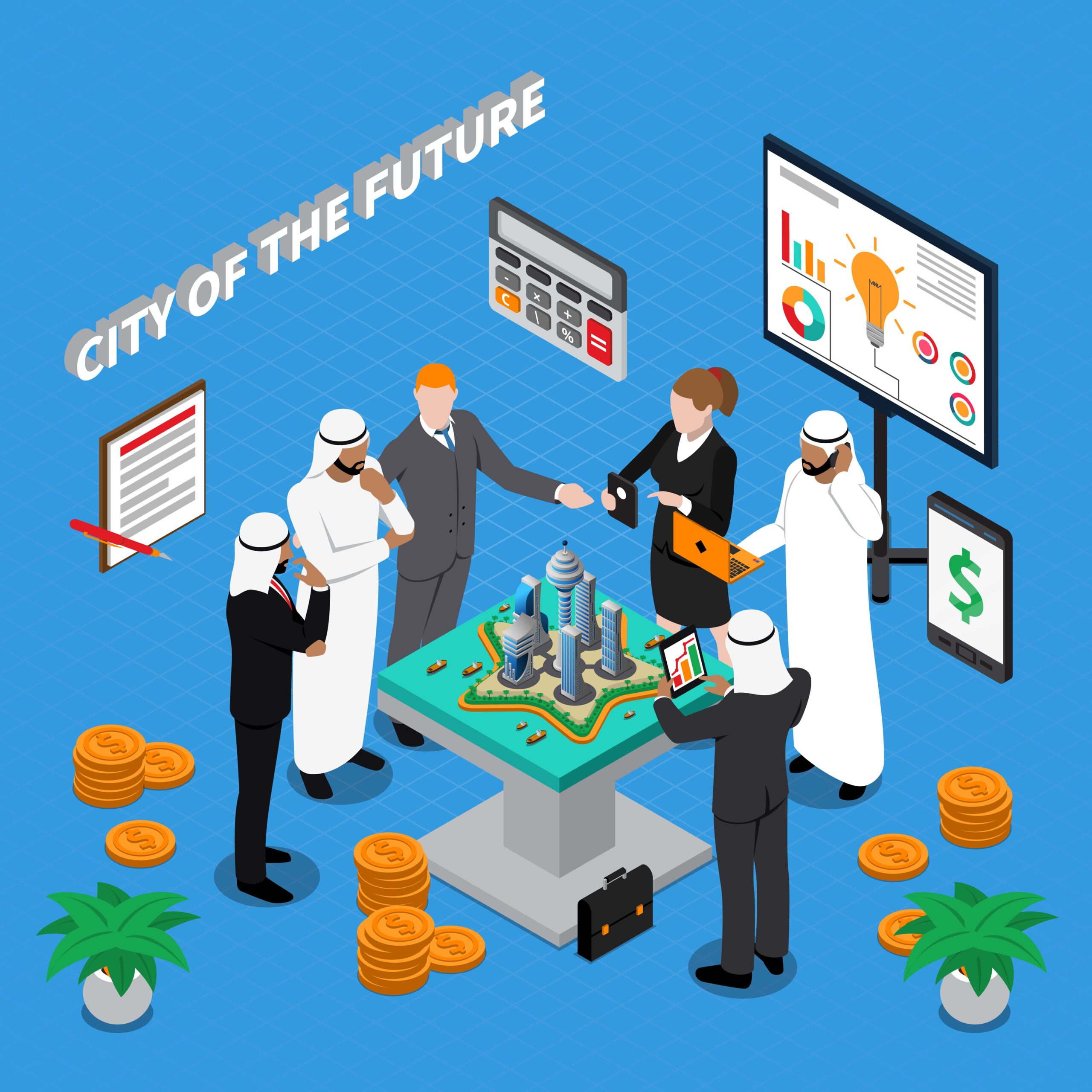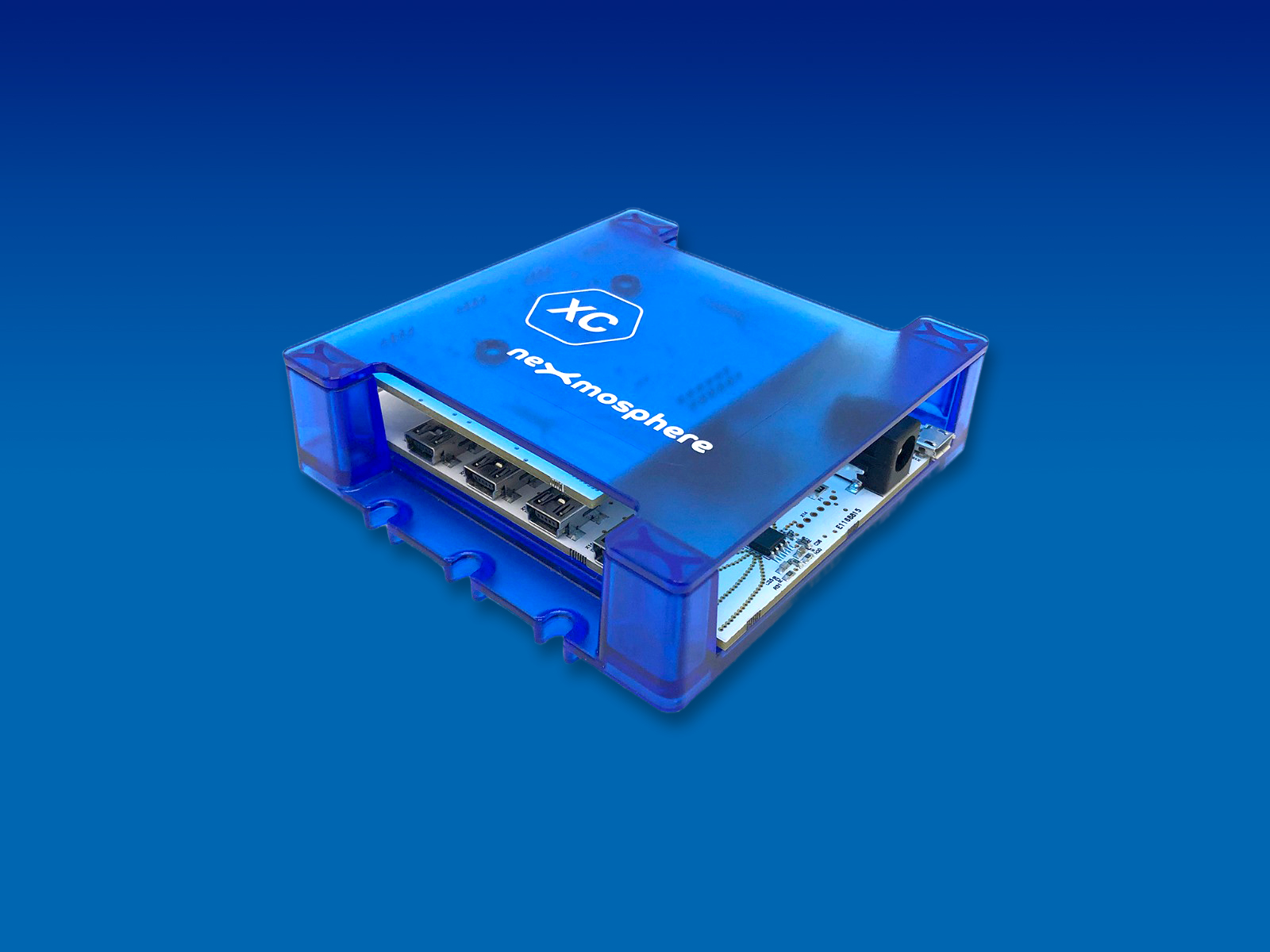
In today’s digital age, consumers crave experiences that resonate on a personal level. Immersive brand experiences go beyond traditional marketing by engaging multiple senses, fostering emotional connections, and creating memorable interactions. DigiComm specializes in designing such experiences, ensuring brands not only capture attention but also build lasting relationships with their audience.
DigiComm’s Approach to Crafting Immersive Brand Experiences
1. Strategic Planning and Conceptualization
Every successful immersive brand experiences begins with a solid strategy. DigiComm collaborates closely with clients to understand their brand values, target audience, and objectives. This collaborative approach ensures that the final experience aligns perfectly with the brand’s identity and goals.
2. Leveraging Advanced Technologies
DigiComm stays at the forefront of technological advancements to deliver cutting-edge experiences. By integrating technologies like augmented reality (AR), virtual reality (VR), and interactive digital signage, they create environments that are both engaging and innovative. For instance, the use of smart video walls can transform event spaces, providing dynamic content that captivates attendees .
3. Interactive Content Creation
Content is king, but interactive brand experience content is the emperor in immersive experiences. DigiComm designs content that encourages audience participation, turning passive viewers into active participants. This could include touch-sensitive displays, motion-activated installations, or gamified experiences that deepen engagement.
4. Seamless Integration Across Channels
Consistency is key in brand messaging. DigiComm ensures that immersive experiences are seamlessly integrated across various channels, from physical installations to digital platforms. This holistic approach guarantees a unified brand message, enhancing recall and loyalty.
Real-World Impact: Case Studies
While specific client details are confidential, DigiComm’s portfolio showcases a range of successful immersive experiences:
Retail Environments: Transforming traditional retail spaces into interactive hubs where customers can engage with products through AR displays and interactive kiosks.
Corporate Events: Designing event spaces with dynamic digital signage and VR experiences that leave lasting impressions on attendees.
Public Installations: Creating large-scale digital installations in public spaces that engage communities and promote brand awareness.
These projects have not only enhanced customer engagement but also driven measurable results in brand awareness and sales.































































